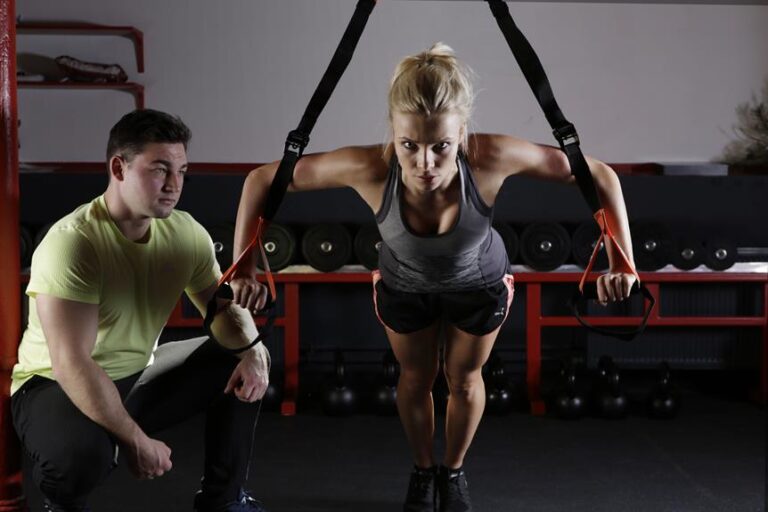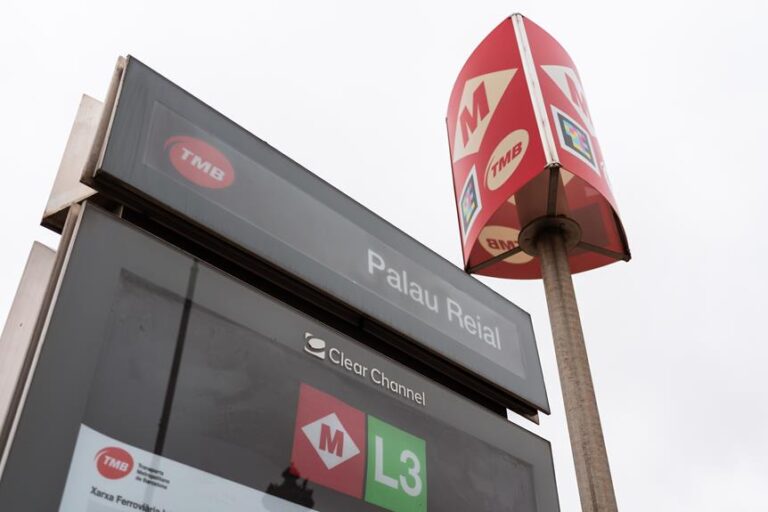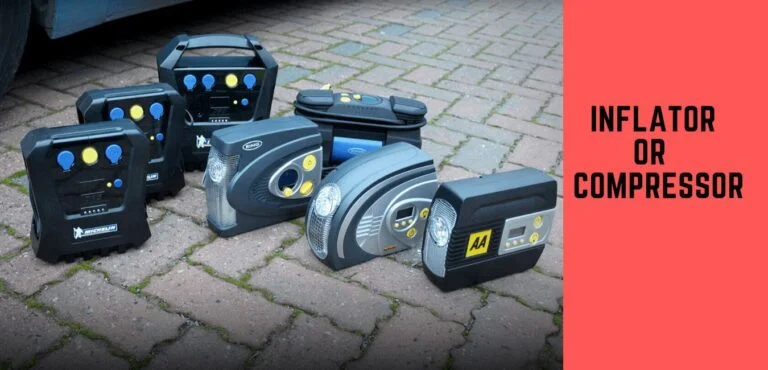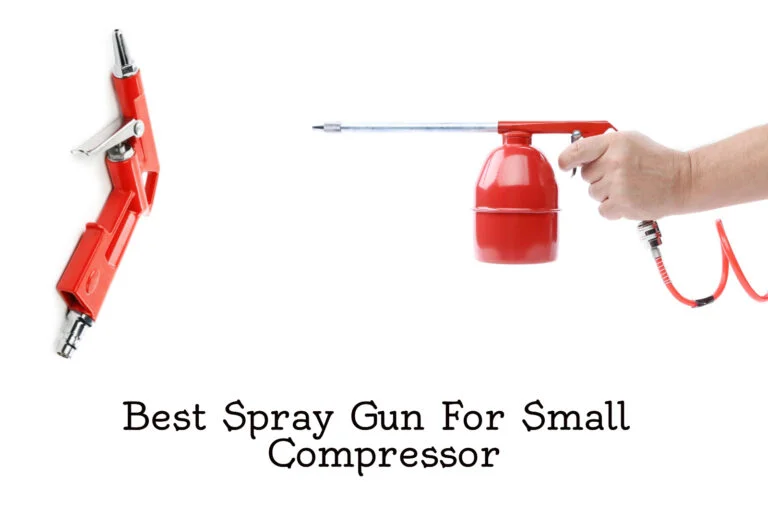Safety Meets Speed: The Importance of Roll Cages
In the 1996 Monaco Grand Prix, Olivier Panis survived a high-speed crash due to his car's robust roll cage. This critical safety feature, often overlooked, serves dual roles in enhancing safety and maintaining vehicle speed. As we delve into the intricacies of roll cage design, material strength, and notable usage, we will unravel the crucial role these structures play in motorsport safety and performance, and discuss future innovations in this critical technology.
Key Takeaways
- Roll cages are essential for protecting drivers during accidents or rollovers by maintaining the structural integrity of the car's cockpit.
- In addition to providing critical protection, roll cages also contribute to the overall performance of racing vehicles by enhancing torsional rigidity and reducing flexing of the vehicle's frame, resulting in improved traction, handling, and responsiveness.
- Roll cages reinforce the vehicle's structure to minimize deformation during crashes, while adjustable control arms and roll bars further enhance vehicle safety.
- Design considerations and standards, such as using high-strength materials like Chromoly steel and ensuring efficient energy absorption and distribution, are crucial in creating well-designed roll cages that align with the vehicle's structure and do not hinder driver visibility or egress.
Understanding Roll Cages: A Brief Overview
In order to grasp the importance of roll cages in the realm of automotive safety, one must delve into an understanding of their structure and functionality. Roll cages are essentially a series of bars installed within the car's cockpit, designed to protect the occupants by maintaining the structural integrity of the cabin in case of a serious accident or rollover.
The design of roll cages varies, depending on the type of vehicle and racing discipline, but their primary role remains the same: to create a safety 'cell' that can withstand high-impact forces. This is accomplished not only by the physical presence of the roll cage but also through roll cage reinforcement, where additional bars are added at strategic points to further enhance the cage's strength and rigidity.
Roll cage padding, another essential component, serves a dual purpose. It not only provides additional protection for the driver in case of an impact, ensuring the driver doesn't come into direct contact with the metal bars, but also enhances the structural integrity of the roll cage itself. Thus, roll cages and their associated components play a crucial role in safeguarding drivers, translating speed into a liberating, yet safe experience.
The Dual Roles of Roll Cages in Racing Vehicles
Roll cages in racing vehicles serve a dual purpose: they provide critical protection to drivers and contribute to vehicle performance. The structural design and build of these safety devices are paramount to their effectiveness in both roles. In the subsequent discussion, we will consider the protective role of roll cages, their impact on performance enhancement, and essential considerations for cage design.
Protection Role
Beyond providing structural integrity, roll cages also play a crucial role in safeguarding drivers from catastrophic injuries during high-speed crashes. This protective function is often performed in conjunction with adjustable control arms and roll bars, which further enhance the vehicle's safety profile.
The table below details the roles and benefits of these components:
| Component | Role | Benefit |
|---|---|---|
| Roll Cages | Reinforce vehicle structure | Minimize deformation during crashes |
| Adjustable Control Arms | Adjust suspension geometry | Improve handling and stability |
| Roll Bars | Strengthen car's roof | Protect occupants in rollovers |
Each element plays a vital part in the overall safety equation, ensuring that the need for speed is balanced with the fundamental requirement for driver protection.
Performance Enhancement
While roll cages are primarily acknowledged for their safety-enhancing features, it is equally important to note that they also significantly contribute to the overall performance of racing vehicles. These sturdy structures provide enhanced torsional rigidity, which results in less flexing of the vehicle's frame during extreme maneuvers. This increased rigidity aids in maintaining an optimal tire-to-surface contact, leading to improved traction and handling. In essence, roll cages help drivers to liberate their full racing potential, with a perfect balance between control and speed. Furthermore, they create a more responsive and predictable vehicle, providing a much-needed edge in the racing arena. As we delve deeper into this topic, it is crucial to examine the factors influencing the efficacy of these roll cages, thus leading us into our next section – 'cage design considerations'.
Cage Design Considerations
Given that roll cages play a dual role in enhancing safety and improving performance in racing vehicles, it becomes essential to carefully consider their design and construction. The cage's geometry must align with the vehicle's structure, maintaining a balance between rigidity and flexibility. The use of high-strength materials like Chromoly steel is critical, ensuring the cage can withstand high-impact forces while minimizing weight. Furthermore, the cage's design must allow for efficient energy absorption and distribution in case of a collision. This reduces the risk of injury to the driver. Lastly, the design should not hinder the driver's visibility or egress, ensuring quick escape in emergencies. Ultimately, a well-designed roll cage liberates drivers to reach their peak performance with safety assurance.
How Roll Cages Enhance Safety During a Crash
In the crucial moments following a collision, roll cages serve as an essential safety feature, designed to protect passengers by maintaining the structural integrity of the vehicle. Their design and placement within the car are strategic, oriented towards absorbing and redistributing the energy from an impact.
The benefits of roll cages can be broken down into three primary aspects:
- Passenger Compartment Protection: Roll cages protect the passenger compartment from being crushed or deformed during a crash. They create a safety cell around the driver and passengers, reducing the likelihood of injury.
- Energy Absorption and Redirection: In a collision, the roll cage absorbs and redistribits the energy of impact, lessening the force experienced by vehicle occupants.
- Vehicle Stabilization: A roll cage helps to stabilize a vehicle during a crash, particularly in rollovers, preventing it from flipping excessively and reducing the risk of severe injuries.
Understanding the technicalities of roll cages is crucial for those seeking liberation on the open road. Safety must always be prioritized, and this includes acknowledging the importance of roll cages in preserving life and minimizing injuries during a crash.
The Impact of Roll Cages on Vehicle Speed
Balancing the need for speed with safety considerations, the impact of roll cages on vehicle speed is an essential factor to consider, for it can influence the vehicle's overall performance. Indeed, this safety apparatus, while undeniably critical for preserving life in high-speed accidents, does add a significant amount of weight to the vehicle. This weight increase can, in turn, affect the vehicle's speed, handling, and fuel efficiency.
However, any potential speed reduction should be viewed in light of the immense safety benefits that roll cages provide. The marriage of speed and safety is not an easy one; it requires a delicate balance to ensure both elements are sufficiently addressed. While roll cages may add weight, their design and placement within the vehicle can be strategically executed to minimize this impact. Advances in materials science have also led to the production of lightweight, high-strength materials for roll cages, further mitigating their effect on speed.
The Design and Structure of an Effective Roll Cage
The intricate design and robust structure of an effective roll cage are paramount in ensuring vehicle safety during high-speed endeavors. The selection of reliable materials for the roll cage is a key consideration that directly impacts the overall structural integrity. The safety-focused design, coupled with meticulous structural integrity analysis, can significantly increase the survival chances during an unforeseen accident.
Roll Cage Materials
Frequently, the effectiveness of a roll cage's design and structure is determined by the specific materials used in its construction. The choice of materials greatly influences the cage's ability to absorb impact, enhance driver protection and maintain vehicle integrity during high-speed incidents.
In terms of material options, key considerations include:
- Mild Steel: A cost-effective choice known for its durability and high tensile strength.
- Chromoly Steel: Lightweight yet stronger than mild steel, this offers superior protection but at a higher cost.
- Aluminum: Offers weight reduction benefits, although less strong than steel and could be prone to cracking.
Designing for Safety
During the process of designing an effective roll cage, careful consideration must be given to its structure and design, with a focus on maximizing safety at all times. This involves creating a geometric framework that minimizes deformation during a crash, optimizing load distribution across the structure. The cage should encompass the vehicle's cockpit and be constructed from high-strength materials to ensure robustness. Special attention should be paid to the joints, as these are potential weak points that need to be reinforced. The roll cage should be as close as possible to the inner shell of the vehicle to provide maximum protection, without compromising driver comfort. Hence, a balance between safety, performance, and comfort is the goal while designing a reliable roll cage.
Structural Integrity Analysis
Evaluating the structural integrity of a roll cage involves rigorous analysis to ensure its design and structure can effectively withstand high-impact forces, thereby protecting the vehicle's occupants.
The process of structural integrity analysis includes:
- Material Selection: The choice of high-strength steel or alloy materials directly impacts the roll cage's strength and durability.
- Geometry Optimization: A roll cage's effectiveness is also influenced by its shape and design, which should distribute impact forces evenly across the structure.
- Load Stress Testing: Simulating high-impact forces in a controlled environment helps to assess the roll cage's performance under extreme conditions.
A well-designed roll cage liberates the driver to push their limits, secure in the knowledge that their safety is not compromised.
Roll Cages and Professional Racing Standards
Professional racing organizations globally mandate the use of roll cages as a crucial safety feature in race cars to protect drivers during high-speed impacts. These rigid frameworks are designed to prevent deformation of the vehicle's compartment during collisions, ensuring the preservation of a survivable space for the occupants.
Roll cages are subjected to stringent standards and tests, which vary among racing organizations. However, there are commonalities in terms of overall objectives, with the primary focus on maintaining structural integrity during high-impact scenarios.
To provide a snapshot of these standards, below is a table summarizing some key aspects from two major racing organizations:
| Organization | Roll Cage Standard |
|---|---|
| Fédération Internationale de l'Automobile (FIA) | Mandates the use of roll cages designed to withstand impacts from multiple directions, and requires specific materials and construction techniques |
| National Association for Stock Car Auto Racing (NASCAR) | Requires roll cages to be built to precise specifications, with stringent rules on material type, thickness, and welding process |
These standards are meticulously designed to ensure maximum safety during races. However, the performance of a roll cage is not solely dependent on its design, but also on the strength of the materials used in its construction, which will be our focus in the next section.
The Role of Material Strength in Roll Cage Performance
The role of material strength in the performance of roll cages is critical to both safety and vehicle performance. Different materials offer varying degrees of strength and rigidity, which directly impact the resilience and effectiveness of the roll cage during a collision. The selection of the appropriate material needs to strike a balance between enhancing safety and maintaining optimum vehicle performance.
Material Selection
While the design and construction of a roll cage play significant roles in its efficacy, the strength and quality of the materials used are equally critical to ensure optimal performance and safety.
The selection of materials for roll cages should be based on a balance between strength, durability, and weight. This balance is crucial for maintaining the vehicle's performance while ensuring the driver's safety.
Key factors to consider in material selection include:
- Tensile Strength: The material's ability to withstand tension without failure.
- Yield Strength: The stress at which a material begins to deform plastically. This is crucial for the roll cage's ability to absorb energy during a crash.
- Weight: Lighter materials can improve vehicle performance without compromising safety, making this a crucial consideration in material selection. These factors collectively contribute to a roll cage that optimally provides both safety and speed.
Strength Versus Performance
In any racing vehicle, one must consider how the strength of a roll cage's material can significantly impact its overall performance. Material strength directly correlates with the roll cage's ability to absorb and distribute impact forces. The stronger the material, the better it can protect the vehicle's occupants during a collision. However, strength must be balanced against performance. High-strength materials often carry more weight, which can hinder speed and agility on the track. Engineers, therefore, must select materials that offer the best blend of strength and lightweight properties. Carbon fiber composites, for example, are often used due to their high strength-to-weight ratio. Understanding this delicate balance between safety and performance is crucial to achieving liberation in the racing world.
Notable Examples of Roll Cage Use in Racing History
Over the past several decades, there have been numerous instances where roll cages have played a pivotal role in ensuring driver safety during high-speed racing events. The importance of these protective structures cannot be overstated, as they have saved countless lives and prevented serious injuries on the racing circuit.
To illustrate, consider these notable instances where roll cages have proven their worth:
- In 1996, during the Daytona 500, NASCAR driver Ricky Craven's car flipped over multiple times at high speed. Thanks to the car's roll cage, Craven survived the crash with minor injuries.
- During the 2010 Australian V8 Supercars Championship, Fabian Coulthard's vehicle barrel-rolled an estimated six times. The car was utterly destroyed, but the roll cage remained intact, preserving Coulthard's life.
- In the 2012 Monaco Grand Prix, Formula 1 racer Sergio Perez experienced a brutal collision. The car's roll cage absorbed the impact and Perez walked away from the crash relatively unscathed.
These examples highlight the indispensable role roll cages play in safeguarding drivers during races. With their proven track record, it's exciting to envision what the future of roll cages might hold: technological innovations and predictions.
The Future of Roll Cages: Technological Innovations and Predictions
As we delve into the realm of technological advancements, the future of roll cages promises not only enhanced safety but also groundbreaking innovations, dramatically transforming the face of car racing. Predicted developments include the use of stronger, lightweight materials and the integration of smart technology for real-time monitoring and data analysis during races.
Here's a glimpse into the future of roll cages:
| Innovation | Description |
|---|---|
| Lighter Materials | Use of high-strength, low-weight materials for better performance |
| Smart Technology | Integration of sensors for real-time data analysis |
| Better Design | Enhanced designs for improved crash energy absorption |
| Customization | Personalized roll cages built to specific driver needs |
| Regulatory Changes | Anticipated changes in safety standards to incorporate new technology |
These innovations aim to strike an optimal balance between safety and speed, empowering drivers to push the limits while maintaining the highest safety standards. As we move towards a future where technology and safety become increasingly intertwined, roll cages will continue to evolve and play a crucial role in motorsport safety.
As we transition into the subsequent section, it is important to consider 'making the choice: when and why to install a roll cage'.
Making the Choice: When and Why to Install a Roll Cage
Every car racer, at some point, faces the critical decision of whether and when to install a roll cage, a choice heavily influenced by numerous factors ranging from the type of racing to personal risk tolerance. This decision ultimately boils down to the balance between safety and speed, a delicate equilibrium that every racer must navigate.
While there is no universal answer to this quandary, there are key considerations that can guide the decision-making process:
- Type of Racing: Different racing disciplines demand diverse safety requirements. For instance, drag racing necessitates a full roll cage due to the high speeds involved, while in autocross, a roll bar may suffice.
- Risk Tolerance: A racer's individual comfort with risk plays a pivotal role. Some racers prioritize speed over safety, while others prefer the reassurance of maximum protection.
- Regulation Compliance: Racing bodies often have strict safety regulations, including specific rules regarding roll cages. Non-compliance can lead to disqualification.
The choice to install a roll cage is thus a complex one, shaped by the intersection of personal inclinations, racing demands, and regulatory constraints. Ultimately, the decision should champion safety without compromising the thrill of speed.
Frequently Asked Questions
What Is the Average Cost of Installing a Roll Cage in a Racing Vehicle?
The average cost of roll cage installation in a racing vehicle varies, dependent on material and complexity. Typically, it ranges between $2,000 to $4,000, a sensible investment for enhanced vehicular safety and structural integrity.
How Long Does It Typically Take to Install a Roll Cage?
The installation duration of a roll cage largely depends on the vehicle's specifics, but typically, it requires around 40-60 hours. This meticulous process ensures enhanced safety, crucial for high-speed, adrenaline-fueled racing experiences.
Can Roll Cages Be Installed in Any Type of Vehicle or Are They Specific to Racing Cars?
Roll cages can be installed in various types of vehicles, not just racing cars. However, installation suitability and design depend on the vehicle's structure, purpose, and safety regulations pertinent to its usage.
Are There Any Legal Restrictions or Requirements Related to the Use of Roll Cages in Racing Vehicles?
Indeed, legal restrictions for roll cages exist. Depending on the jurisdiction and racing category, there are specific safety standards (e.g., FIA or SCCA) that dictate the design, material, and installation of roll cages.
How Does Maintenance and Repair of Roll Cages Typically Occur?
Maintenance and repair of roll cages typically involve regular checks for damage or wear. Any identified issues are corrected by skilled technicians, ensuring structural integrity and safety for optimal performance during high-speed activities.
Conclusion
In conclusion, roll cages exemplify the perfect marriage between safety and speed, serving a dual purpose in racing vehicles. They are the unsung heroes, quietly safeguarding drivers during high-speed races and crashes. Their ever-evolving design and technology underscore the continuous pursuit of safety in motorsport. Choosing to install a roll cage is a pivotal decision, symbolizing a commitment to safeguarding lives while keeping the thrill of speed intact.







